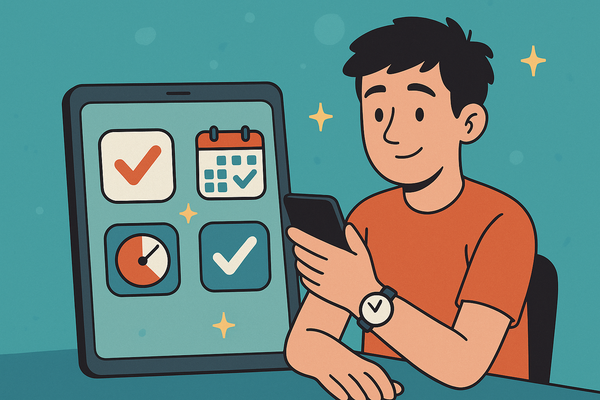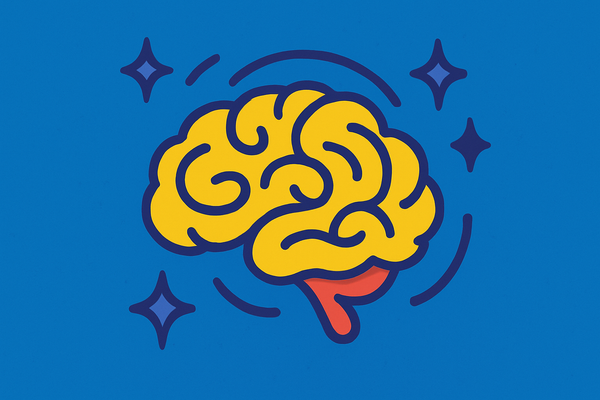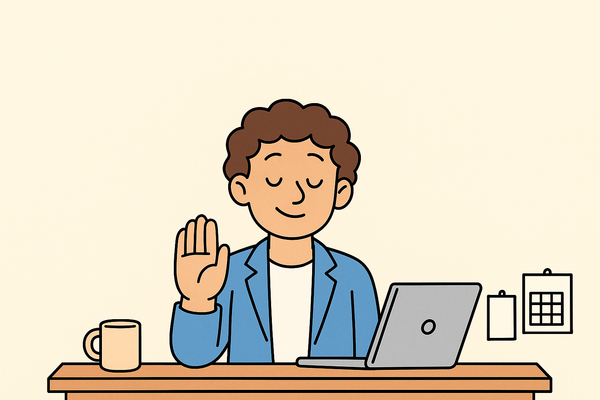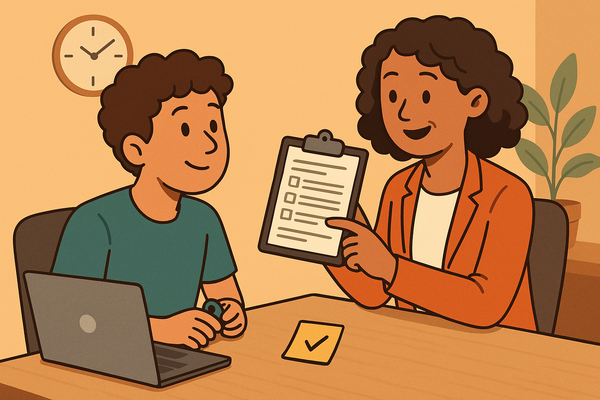ADHD Parenting Strategies: What Actually Helps

Raising a child is tough. Raising a child with ADHD? That’s a whole different kind of challenge, and one that doesn’t come with a manual.
Whether you’re dealing with hyperactivity, emotional outbursts, forgotten chores, or the daily battle of getting out the door on time, parenting a child with ADHD can feel like walking a tightrope without a net. But there are ways to make things easier for both you and your child.
Here are ADHD parenting strategies that actually work, without turning you into a full-time drill sergeant.
1. Connection First, Correction Second
Kids with ADHD respond best when they feel connected. Before you correct a behavior, try to connect with them emotionally. Make eye contact, get on their level, and show empathy.
Instead of:
“Why are you still not ready? You know the bus comes at 8!”
Try:
“Mornings are tough, huh? I get that. Want to race the clock together?”
That shift in tone and empathy can completely change the outcome.
2. Keep Instructions Short and Clear
ADHD brains can get overwhelmed easily. When giving instructions, keep them simple and break them into steps.
- Use clear and direct language
- Stick to one task at a time
- Ask your child to repeat it back to you
Instead of:
“Okay, before school I need you to get dressed, brush your teeth, pack your bag, and feed the dog.”
Try:
“First, get dressed. Come back and tell me when you’re done.”
3. Use Visuals and Routines
Structure and predictability help reduce stress and confusion. Visual tools can make routines easier to follow without constant reminders.
Try using:
- Morning or bedtime checklists
- “First and then” boards
- Color-coded calendars
- Visual timers for transitions
4. Catch Them Being Good
Kids with ADHD often hear a lot of “No,” “Stop,” and “Don’t.” Make a point of noticing and praising the positive things they do, even the small ones.
“You put your shoes away without being asked. That was helpful!”
Positive reinforcement builds confidence and makes good behavior more likely to happen again.
5. Let Natural Consequences Do the Teaching
It’s tempting to lecture, but real-life consequences often teach better than words. Let your child experience the result of their choices in a safe and supportive way.
Instead of:
“I told you to pack your lunch last night! Why didn’t you listen?”
Try:
Letting them forget it once, then talking later about what happened and how they want to handle it next time.
6. Build in Movement and Breaks
Kids with ADHD often need to move in order to focus. You can use this to your advantage by giving them opportunities to get their energy out.
Ideas include:
- Jumping jacks between homework tasks
- Using a small trampoline during reading time
- Practicing spelling words while walking around
Movement can help regulate their nervous system and make transitions smoother.
7. Regulate Yourself First
This might be the hardest strategy. Your calm matters more than their chaos. Children with ADHD often mirror the emotional state of the adults around them.
Try:
- Taking a deep breath before responding
- Pausing instead of reacting
- Walking away for a moment if needed
By staying grounded, you’re modeling how to handle stress in a healthy way.
8. Know When to Get Help
You don’t have to do it all by yourself. There are many support options available.
You can explore:
- Parenting coaches or ADHD support groups
- ADHD-specific therapy or counseling
- School support through an IEP or 504 plan
Asking for help is a sign of strength, not failure.
Final Thoughts
Parenting a child with ADHD isn’t about fixing them. It’s about understanding how they’re wired and helping them grow into their strengths.
With the right strategies, patience, and support, you can create a home where your child feels safe, capable, and loved.
You don’t have to be perfect. You just have to keep showing up.




